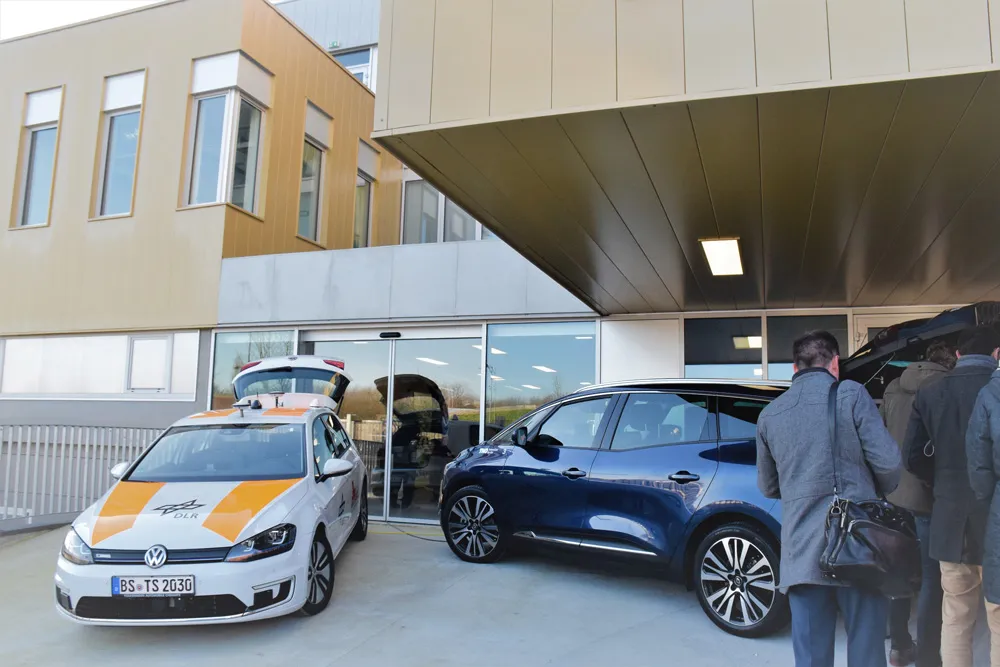As part of the European DESERVE project, VTT Technical Research Centre of Finland, Iveco Finland and TTS-Kehitys are developing a new software platform which will bring autonomous driving features to trucks. The truck of the future will sense nearby obstacles and possible safety risks and inform the driver. The vehicle will also monitor driving behaviour and draw the driver's attention to possible hazardous situations.
TTS is implementing and testing the safety equipment development platform. A driver mo
June 19, 2015
Read time: 2 mins
As part of the European DESERVE project, 814 VTT Technical Research Centre of Finland, Iveco Finland and TTS-Kehitys are developing a new software platform which will bring autonomous driving features to trucks. The truck of the future will sense nearby obstacles and possible safety risks and inform the driver. The vehicle will also monitor driving behaviour and draw the driver's attention to possible hazardous situations.
TTS is implementing and testing the safety equipment development platform. A driver monitoring functionality developed by VTT based on eye tracking is also utilised. TTS will that the test results correspond to what would happen on real roads and can be applied in practice.
Iveco Finland provided a truck, with a very highly developed camera system, for the project. This is being complemented with a 360-degree camera system, three 3D cameras, nine short-range radars and three in-vehicle cameras. With these, the driver can obtain real-time information on obstacles and possible safety risks around the car. In addition, the in-vehicle cameras monitor the driver's attentiveness and driving behaviour.
The project, which began in 2012, will end in February 2016 and the first versions of the systems should be ready for installation in vehicles within two years.
TTS is implementing and testing the safety equipment development platform. A driver monitoring functionality developed by VTT based on eye tracking is also utilised. TTS will that the test results correspond to what would happen on real roads and can be applied in practice.
Iveco Finland provided a truck, with a very highly developed camera system, for the project. This is being complemented with a 360-degree camera system, three 3D cameras, nine short-range radars and three in-vehicle cameras. With these, the driver can obtain real-time information on obstacles and possible safety risks around the car. In addition, the in-vehicle cameras monitor the driver's attentiveness and driving behaviour.
The project, which began in 2012, will end in February 2016 and the first versions of the systems should be ready for installation in vehicles within two years.









